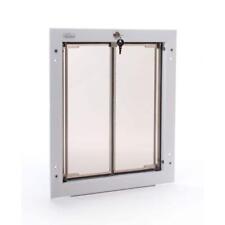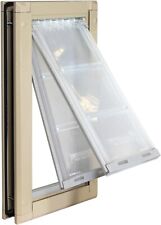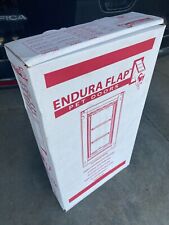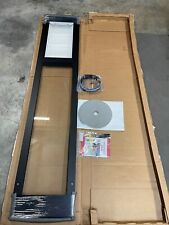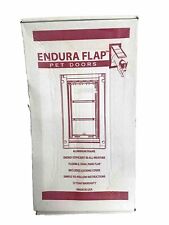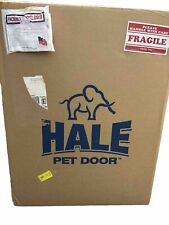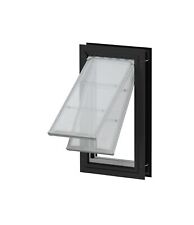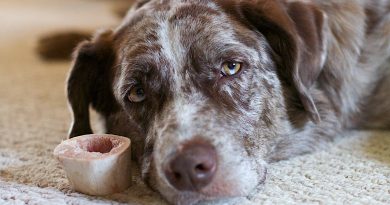Grain Free Diets – Are they best for your dog?
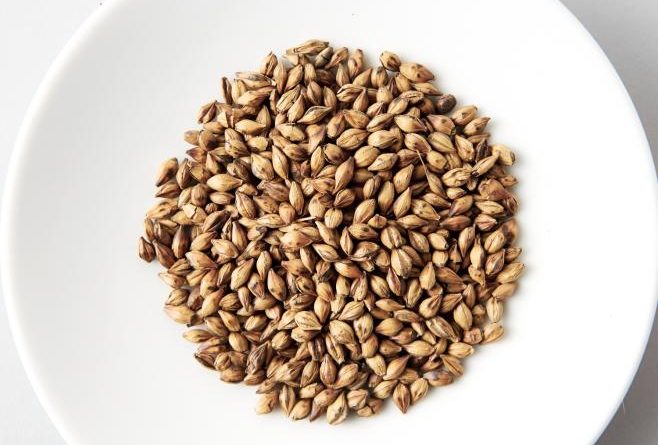
Fact vs. Fiction
Grain-free diets have been all the rage the past few years for humans and dogs alike. But where did this come from? The whole-foods, grain-free and gluten-free human diet fads have taken a turn into the veterinary world. Some of these stem from people looking to treat their chronic inflammation or are looking to lose weight. Pet food companies have extrapolated from these human trends and started marketing grain-free with great success.
But is everything you’ve heard about grain-free pet food diets true…..or not? Let’s take a look at some of the myths surrounding a grain-free diet.
What are grains?
In order to start de-bunking some of the myths that surround grain-free dog food diets, it is important to know what a grain is to begin with. Grains are also known as cereal grains and are essentially the seed structure of grasses. Botanically speaking, they belong to the taxanomic family “Poaceae”. These include: wheat, rice, corn, oats, barley, sorghum, spelt, millet, triticale, rye and several others.
How do grains play a part in my dog’s diet?
Grains are an inexpensive source of carbohydrates in the human and canine diet. Carbohydrates, protein and fats are considered macronutrients (“macros”) and are essential for the maintenance of cells in the body. They can all be converted into energy for use in the cells. Dogs and humans convert carbohydrates and fat most efficiently into energy. Cats, as obligate carnivores, convert protein and fats most efficiently.
Grains do provide a very small amount of protein and even smaller amount of fat for dogs to digest. Whole grains provide a readily digestible source of carbohydrates and fiber. Fiber is a very important part of gut health for dogs.
What’s all the Fuss about Fiber?
Two types of fiber exists: soluble and insoluble. Both types should be in your dog’s diet for optimal health and stool consistency.
Soluble fiber feeds the “good” bacteria in the gut and helps to trap water – making a “gel” that increases water in the feces.
Insoluble fiber helps to regulate how quickly digested food moves through the bowels. It can help to speed things up or slow them down and helps to dry the stool.
Excellent sources of soluble fiber that should be on your dog food ingredients list include: beet pulp, whole fruits, whole berries, chicory root and psyllium.
Insoluble fiber can be found in grains, such as oat bran, whole wheat, rye, flax, whole vegetables and fruits.
Myths Surrounding Grain-Free Diets
- Grain-free diets are BAD for my dog’s health – (Generally) FALSE
This is not completely true. Grain-free diets, when they contain adequate amounts of carbohydrates and fiber, can be quite healthy for dogs. Many pet owners that are concerned about GMOs may want to consider a limited-ingredient diet, like those from the Natural Balance dog food company, that don’t contain the most common GMO grains or soy.
Grains should be adequately ‘replaced’ in these diets with whole-food seeds, legumes and fruits and starchy vegetables such as potatoes, sweet potatoes, lentils, peas, pumpkin, or quinoa.
Grain-free diets can be just as unhealthy as foods that are packed full of refined carbohydrates and low fiber. Many grain-free diets are high in protein and heavy in meats. Many of these are dehydrated diets and contain very low fiber. Dogs that don’t get enough fiber often are flatulent and have very loose or inconsistent stools.
- Dogs can’t digest grains – FALSE
Dogs have spent thousands of years alongside humans, eating our scraps – which included grains. Decades of research into canine digestion has shown that dogs digest carbohydrates very well. Over the course of their evolution, dogs have developed (and still have) an enzyme that specifically breaks down carbohydrates, called amylase. This amylase is produced by the pancreas and works very similarly to a human’s. Dogs also have brush border enzymes – similar to humans.
Some dogs, but a very few (like humans) have food sensitivities. This is often due to a food allergy but allergy to grains is very rare. About 10% of allergies in dogs are food allergies and of those, the majority is an allergy to a protein source like beef, chicken or soy. Grain sensitivities MAY play a role in some disease processes and I’ll get to that below in myth #4.
- Feeding a dog grains stresses the pancreas – FALSE
The job of the pancreas is to produce enzymes that aid in the digestion of fats and carbohydrates. It does this in a very similar fashion to the human pancreas. If your dog is prone to pancreatitis, feeding diets with easily digested carbohydrates during recovery will actually help your dog’s pancreas to rest and regain function faster.
- A grain-free diet can help my dog’s overall health – MAYBE
If your dog is otherwise normal, feeding a diet with quality whole grains in adequate proportion to proteins and fats will most likely keep him or her healthy.
Feeding a poor-quality dog food high in refined sugars or starches (yes, there are some diets that contain high fructose corn syrup!) can cause some health issues. It is much healthier overall to feed whole grains rather than refined grains.
Switching to a grain-free diet may not improve your dog’s health. You may not notice a difference (except in your bank account!) Depending on the diet, you may notice a significant negative change in their stool quality.
Owners of dogs with chronic digestive or skin problems may see a difference in their dog if they go grain-free. Sometimes this is due to a chronic inflammatory condition that leads to a “leaky gut.” Over time, if certain cells (called enterocytes) along the digestive tract are damaged by chronic inflammation, they have difficulty with processing certain carbohydrates – essentially becoming ‘intolerant’ of them. These carbohydrates stay in the GI tract and pass through, collecting water as they go, which leads to diarrhea. It also leads to malnutrition for the dog.
Dogs can also experience bacterial overgrowth due to these undigested carbohydrates. This can lead to a myriad of other health issues.
Is a grain-free diet right for my dog?
Talk to your veterinarian if your dog has a chronic health condition that you think could benefit from a grain-free diet. It is possible that lowering your dog’s overall carbohydrate intake (not just grains) could benefit their health.
Otherwise, it is best to eat as close to nature as you can. Whole grains, fruits, vegetables and human-grade cuts of meat are all available through reputable dog food companies like Hill’s Science Diet, Dick Van Patten’s Natural Balance and Orijen, to name a few.
Resources
– Wynn, S. Grain-less Diets: Are they Better? VIN Nutrition Reference. July 9, 2010.

